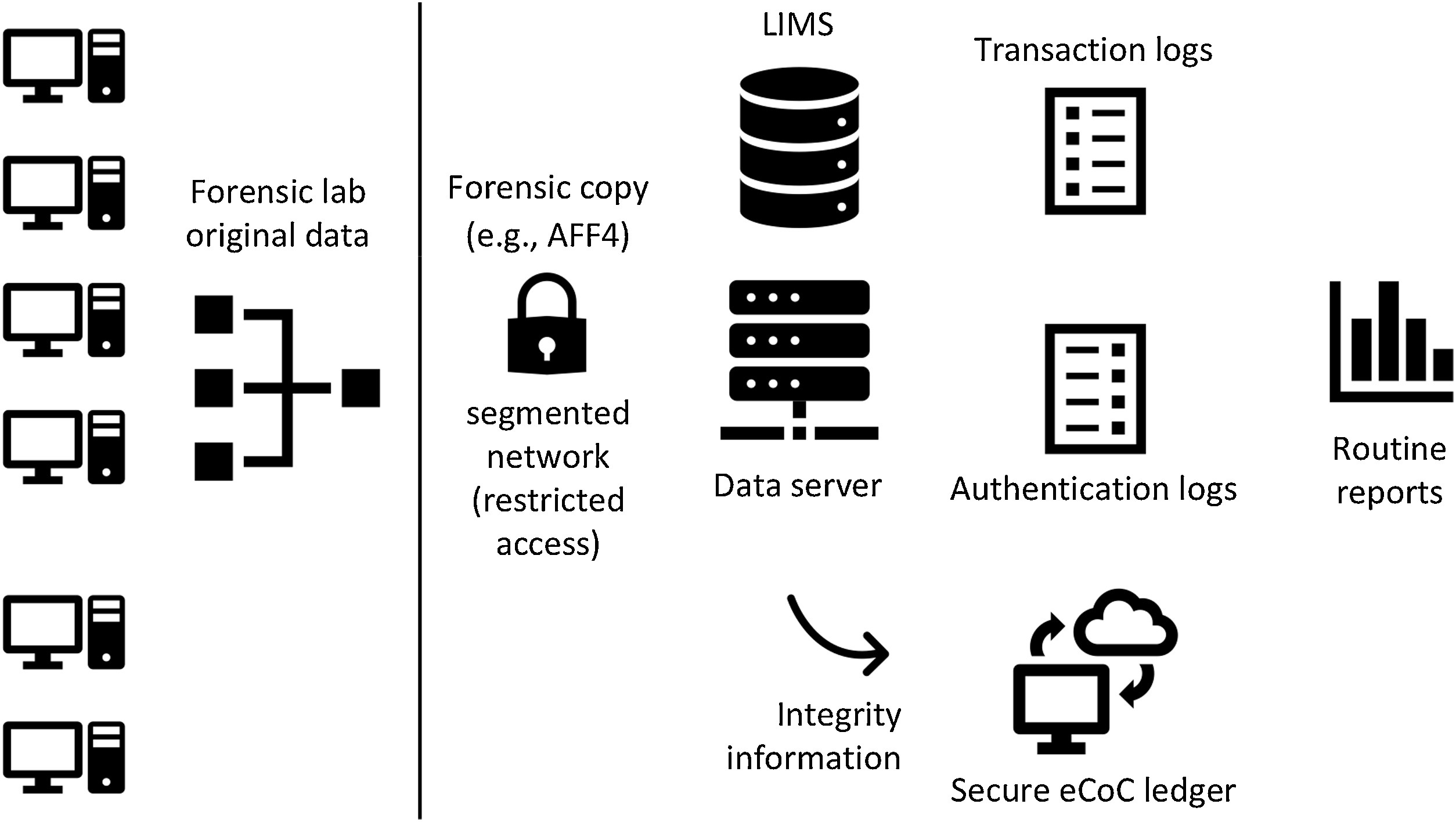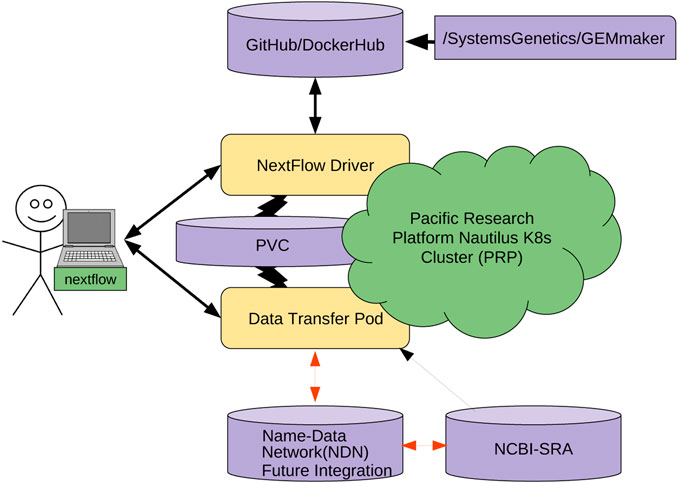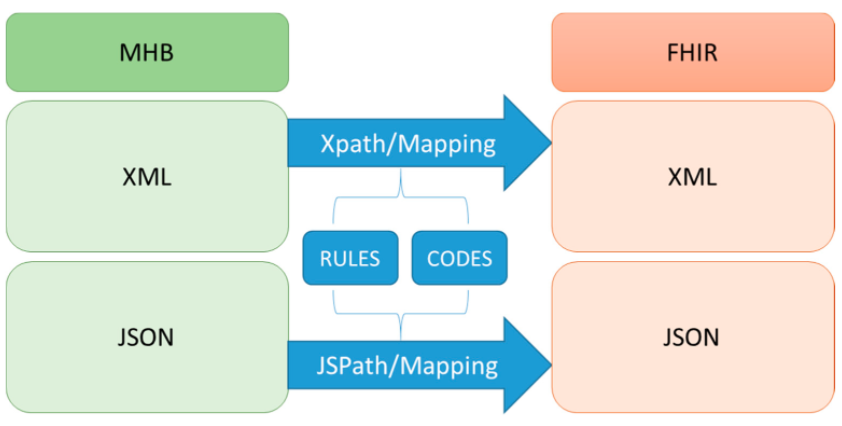Difference between revisions of "Main Page/Featured article of the week/2022"
Shawndouglas (talk | contribs) (Added last week's article of the week) |
Shawndouglas (talk | contribs) (Added last week's article of the week) |
||
| Line 17: | Line 17: | ||
<!-- Below this line begin pasting previous news --> | <!-- Below this line begin pasting previous news --> | ||
<h2 style="font-size:105%; font-weight:bold; text-align:left; color:#000; padding:0.2em 0.4em; width:50%;">Featured article of the week: January 10–16:</h2> | <h2 style="font-size:105%; font-weight:bold; text-align:left; color:#000; padding:0.2em 0.4em; width:50%;">Featured article of the week: January 17–23:</h2> | ||
<div style="float: left; margin: 0.5em 0.9em 0.4em 0em;">[[File:Fig2 Casey ForensicSciInt2020 316.jpg|240px]]</div> | |||
'''"[[Journal:Digital transformation risk management in forensic science laboratories|Digital transformation risk management in forensic science laboratories]]"''' | |||
Technological advances are changing how [[Forensic laboratory|forensic laboratories]] operate in all [[Forensic science|forensic disciplines]], not only digital. Computers support [[workflow]] management and enable evidence analysis (physical and digital), while new technology enables previously unavailable forensic capabilities. Used properly, the integration of digital systems supports greater efficiency and reproducibility, and drives digital transformation of forensic laboratories. However, without the necessary preparations, these digital transformations can undermine the core principles and processes of forensic laboratories. Forensic preparedness concentrating on digital data reduces the cost and operational disruption of responding to various kinds of problems, including misplaced exhibits, allegations of employee misconduct, disclosure requirements, and information security breaches ... ('''[[Journal:Digital transformation risk management in forensic science laboratories|Full article...]]''')<br /> | |||
|- | |||
|<br /><h2 style="font-size:105%; font-weight:bold; text-align:left; color:#000; padding:0.2em 0.4em; width:50%;">Featured article of the week: January 10–16:</h2> | |||
<div style="float: left; margin: 0.5em 0.9em 0.4em 0em;">[[File:Fig6 Ogle FrontBigData2021 4.jpg|240px]]</div> | <div style="float: left; margin: 0.5em 0.9em 0.4em 0em;">[[File:Fig6 Ogle FrontBigData2021 4.jpg|240px]]</div> | ||
'''"[[Journal:Named data networking for genomics data management and integrated workflows|Named data networking for genomics data management and integrated workflows]]"''' | '''"[[Journal:Named data networking for genomics data management and integrated workflows|Named data networking for genomics data management and integrated workflows]]"''' | ||
Revision as of 17:08, 25 January 2022
|
|
If you're looking for other "Article of the Week" archives: 2014 - 2015 - 2016 - 2017 - 2018 - 2019 - 2020 - 2021 - 2022 |
Featured article of the week archive - 2022
Welcome to the LIMSwiki 2022 archive for the Featured Article of the Week.
Featured article of the week: January 17–23:"Digital transformation risk management in forensic science laboratories" Technological advances are changing how forensic laboratories operate in all forensic disciplines, not only digital. Computers support workflow management and enable evidence analysis (physical and digital), while new technology enables previously unavailable forensic capabilities. Used properly, the integration of digital systems supports greater efficiency and reproducibility, and drives digital transformation of forensic laboratories. However, without the necessary preparations, these digital transformations can undermine the core principles and processes of forensic laboratories. Forensic preparedness concentrating on digital data reduces the cost and operational disruption of responding to various kinds of problems, including misplaced exhibits, allegations of employee misconduct, disclosure requirements, and information security breaches ... (Full article...)
|












